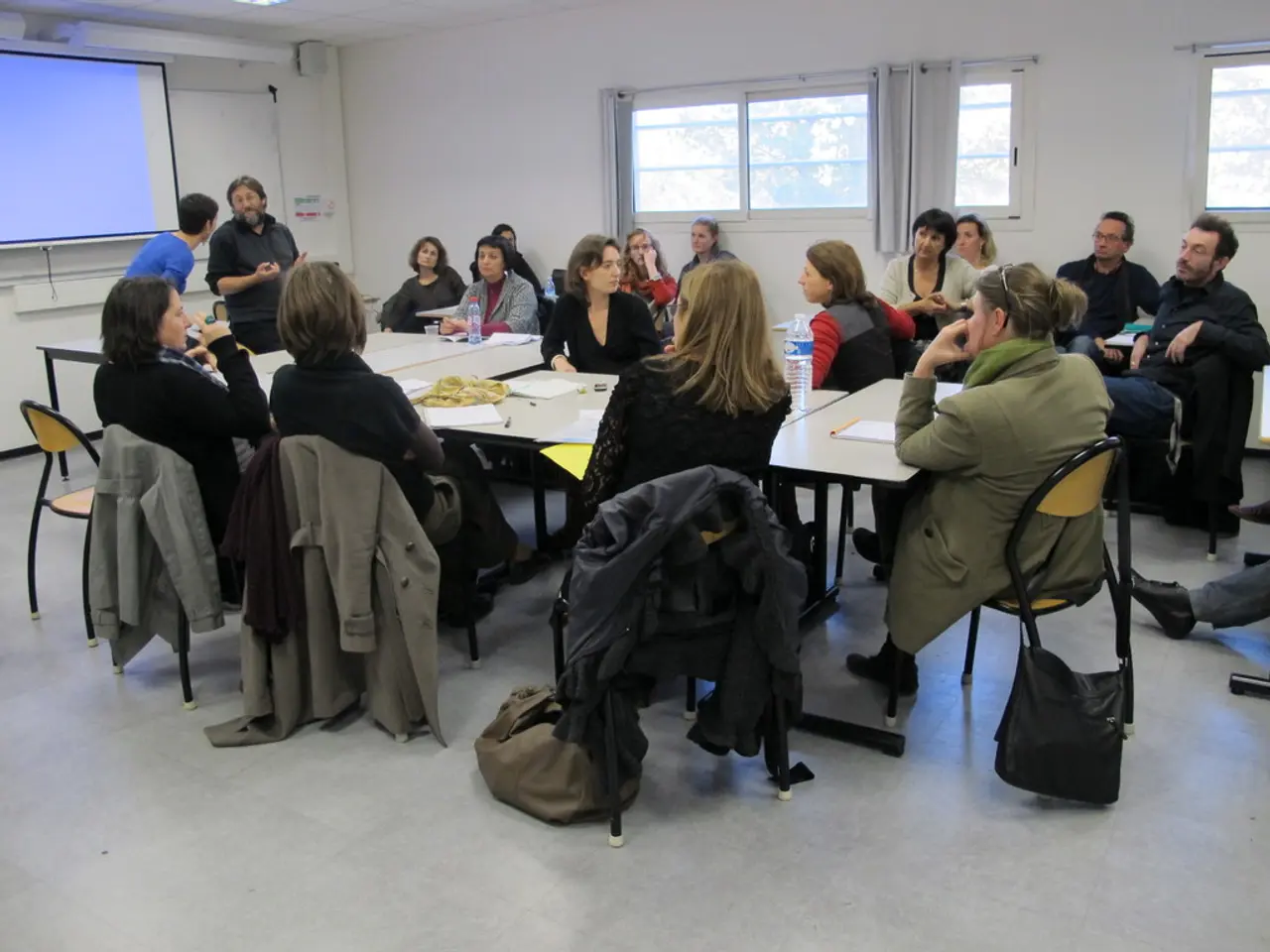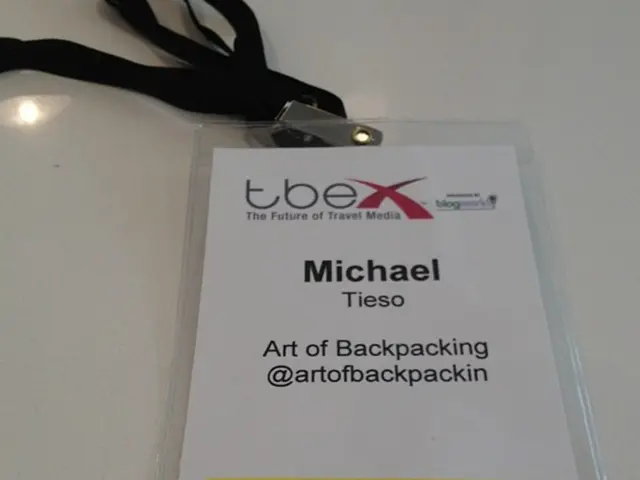Workplace microaggressions: Explanations, responses, and consequences
In today's society, microaggressions - subtle, often unintentional, acts of discrimination - are becoming an increasingly significant concern in both workplaces and schools. These microaggressions can have far-reaching effects on the mental and physical health of their victims, as well as damaging interpersonal relationships and organizational culture.
Microaggressions come in three forms: microinsults, microinvalidations, and microassaults. Microinsults are insensitive or rude remarks that demean or stereotype, such as assuming someone of a racial minority only got a job due to affirmative action. Microinvalidations are comments or actions that exclude or negate the experiences of marginalized individuals, like dismissing a person of color’s experience of racism. Microassaults are more overt, explicit discriminatory acts or insults, such as telling a person they are an “alien in their own land” (assuming a person of color is foreign).
Examples specific to racial microaggressions include assumptions about foreignness, denial of racial realities, or undermining a person’s achievements because of their identity. In educational settings, these microaggressions can come from schoolteachers and may negatively impact a student’s success.
The effects of microaggressions on mental health are significant. Individuals experiencing frequent microaggressions report increased anxiety and emotional distress. Students and employees who face these subtleties of discrimination may suffer from ongoing psychological harm, including anxiety symptoms intensified by intolerance of uncertainty and reduced social connectedness.
In schools, microaggressions can put students at risk of physical and mental health problems, including depression, suicidal ideation, drug and alcohol abuse, and risky sexual activity. Cyberbullying, which occurs in about 27.1% of surveyed students, is another concern. Suspensions are among the indications of whether a child will eventually drop out, and about 33% of high school students in the United States who self-identify as lesbian, gay, or bisexual report being bullied on school property.
Responding effectively to microaggressions is challenging and often falls on the victims. A stepwise approach can help victims respond effectively. This includes speaking up using a structured framework, such as the SBI (situation-behavior-impact) model, where individuals describe the specific situation, the behavior observed, and its emotional impact on them. Escalating the issue when needed, by reporting to HR or higher management, is also advised to address systemic issues. Self-care and perspective are crucial, as understanding that such behavior reflects more about the aggressor than the target protects self-esteem. Seeking support from friends, therapists, or employee assistance programs can help process the emotional toll.
Educating perpetrators on their harmful behaviors is a necessary step in controlling microaggressions. Recognizing them, understanding their impacts, and adopting thoughtful responses are critical steps toward fostering inclusive, respectful environments. By addressing microaggressions, we can create a safer, more equitable society for all.
References: [1] Nadal, K. L., & Capodilupo, C. M. (2013). We’ve Got Each Other’s Backs: The Intersectionality of Race, Class, and Gender in Our Schools. Routledge. [2] Sue, D. W., & Sue, D. (2015). Counseling the culturally diverse: Theory and practice. John Wiley & Sons. [3] Nadal, K. L., et al. (2014). The Intersectionality of Race, Class, and Gender in the Academy. Routledge. [4] Nadal, K. L., & Capodilupo, C. M. (2014). Race-Based Microaggressions in Everyday Life: An Investigation of the Moderating Role of Social Support. American Behavioral Scientist, 58(1), 54-70. [5] Sue, D. W., et al. (2007). Counseling the culturally diverse: Theory and practice. John Wiley & Sons.
- To mitigate the impact of microaggressions in educational settings, it's crucial to implement diversity and inclusion training in schools, focusing on finance and business ethics to ensure that teachers and students are aware of the negative effects of such acts and understand the importance of a fair and supportive learning environment.
- Incorporating diversity and inclusion as a key aspect in the business model of schools can increase the chances of attracting and retaining students from various backgrounds, fostering a more inclusive and equitable learning community that values individual differences and strengths.




